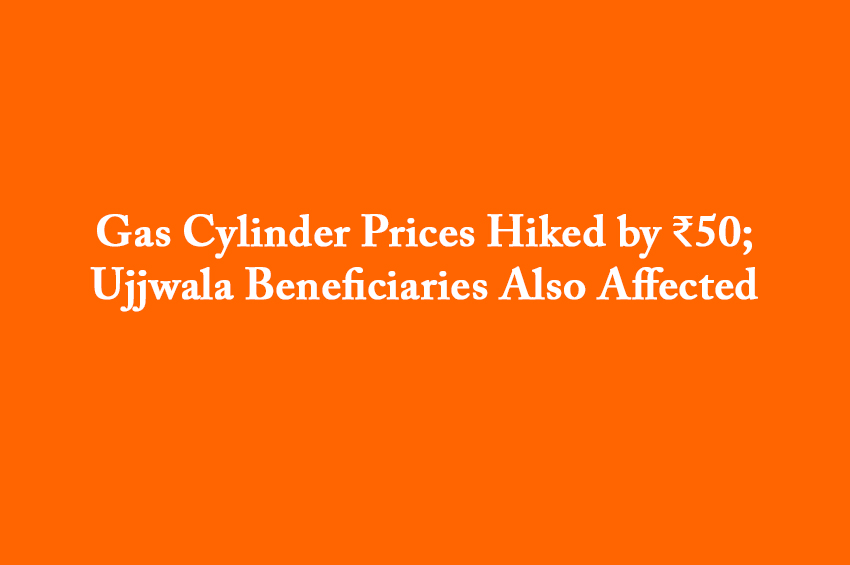Winning Bizness Desk
Mumbai.
- Domestic LPG cylinder price increased by ₹50 from April 7
- Ujjwala scheme beneficiaries will now pay ₹550 instead of ₹500
- Price hike attributed to heavy losses faced by oil marketing companies
- Last cut in LPG price was ₹100 on Women’s Day, March 8
- Commercial cylinder prices reduced on April 1 across metros
Domestic LPG Becomes Costlier by ₹50
Domestic LPG cylinders have become costlier by ₹50 starting Monday, April 7. Union Petroleum Minister Hardeep Singh Puri confirmed the price hike and said it would also impact beneficiaries under the Pradhan Mantri Ujjwala Yojana. Those availing benefits under the scheme will now pay ₹550 per cylinder, up from ₹500. The last revision had brought some relief on March 8, when the government slashed LPG prices by ₹100 on the occasion of International Women’s Day. At that time, the cylinder was priced at ₹903 in Delhi.
Reason Behind the Price Hike
Explaining the rationale behind the move, Petroleum Minister Hardeep Singh Puri said that oil marketing companies have suffered losses to the tune of ₹41,000 crore due to selling LPG cylinders below cost. To offset these losses, the decision was taken to revise the rates upward. The price adjustment is part of the government’s efforts to balance consumer interest with the financial health of state-run fuel retailers.
Commercial Cylinder Prices Reduced Earlier This Month
Interestingly, just a week ago on April 1, oil marketing companies had cut prices of 19-kg commercial gas cylinders by up to ₹44.50. The price of a commercial cylinder in Delhi fell from ₹1803 to ₹1762, while in Kolkata it dropped from ₹1913 to ₹1868.50. In Mumbai, the price was reduced by ₹42 to ₹1713.50, and in Chennai, it currently stands at ₹1921.50. However, there was no revision in the price of the 14.2-kg domestic LPG cylinders at that time, which remained at ₹803 in Delhi and ₹802.50 in Mumbai.
How LPG Prices Are Determined
LPG prices in India are reviewed every month based on the previous month’s international benchmarks, exchange rates, and import-related expenses. Oil companies decide the base price accordingly. To this, taxes, transportation charges, and dealer commissions are added to arrive at the final retail price. In case of subsidised cylinders, the government covers the gap between the base and retail price. For non-subsidised cylinders, consumers bear the full cost.
Impact on Consumers and Outlook
The price hike is expected to directly impact household budgets, particularly those from economically weaker sections who were benefiting from the Ujjwala scheme. While commercial consumers got some respite earlier this month, domestic users will now face higher expenses. With global crude oil trends still volatile, future price adjustments cannot be ruled out. The government is yet to clarify if further subsidies will be extended to counter the increased burden.


